Mapping Edges is the 2019 Creatives in Residence at UTS Library
The Planty Bookshelf is a socially engaged creative project consisting of an installation of a curated, multidisciplinary bookshelf of UTS library’s holdings on selected plants and three mapping walks inside UTS library and in the surrounding neighbourhood. The walks will be held in spring and summer 2019.
Based on permaculture principles, the first walk is about observation of the chosen routes, the second about interaction and the third is about reflecting and accepting feedback from observations and interactions.
The aims of this project are two-fold: (1) to draw attention and spark curiosity about plants, both in terms of knowledge kept in the library and as daily encounters on the way to the library or UTS at large and (2) to collectively produce mapping counterpoints that yield different and relational understandings of everyday places around the library buildings. We ask: how does our understanding of cultural, environmental and social histories and futures of place change if we let ourselves be guided by plants?
August – The first walk (observation) involves different forms of sensing and taking notes in the form of writing, photographs, drawings, and maps generated through commonly used and free apps, like ‘Map My Walk’ and ‘Relive’: this first walk enables us to understand the landscape and its micro ecosystems. This in turn will inform the choice of books for the curated Planty Bookshelf (we will research plants encountered in the first walk in the library holdings, including the digital collections) and the seeds to be used in the second walk. This walk is framed as a contribution to UTS greening goals.
September-October (with updates during the rest the project)– The Planty Bookshelf: we will research and curate a shelf showcasing books across different disciplines on plants encountered in the first walk and plants we intend to seed ball, as an open education point for library users and project participants. The Planty Bookshelf will be an inviting corner for library users, and will include comfortable armchairs to stop, sit and browse in the company of plants.
October – On the second walk (interaction) we reconfigure the circulation of seeds using three strategies: we run a workshop on how to make seed balls with seeds, compost, clay, worm castings, and we ‘seed bomb’ the edges of streets and green spaces on campus.
November – In the third walk (accept feedback) we retrace our steps to document (through photography, notetaking and drawing) the evolution, or disappearance, success or failure of the seeds we scattered.
December -January- Finally we produce and print in multiple copies a booklet including maps, photographs and impressions from project participants, to be included together with seed balls, maps, and photos in the Planty Bookshelf.

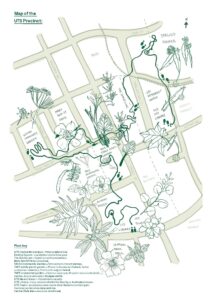
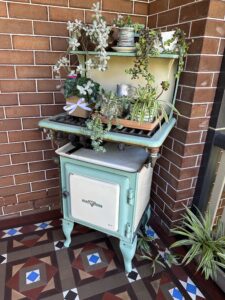
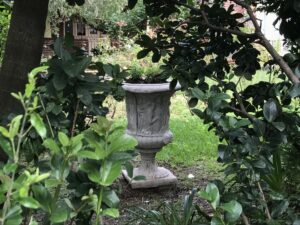
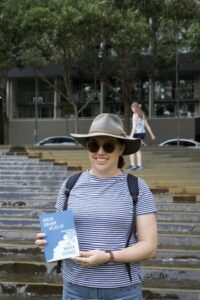
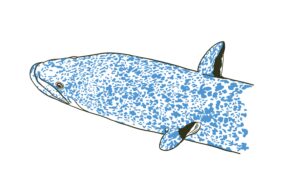
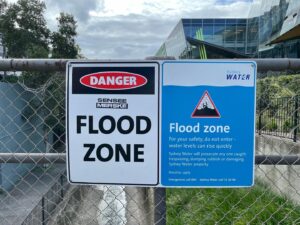
0 Comments